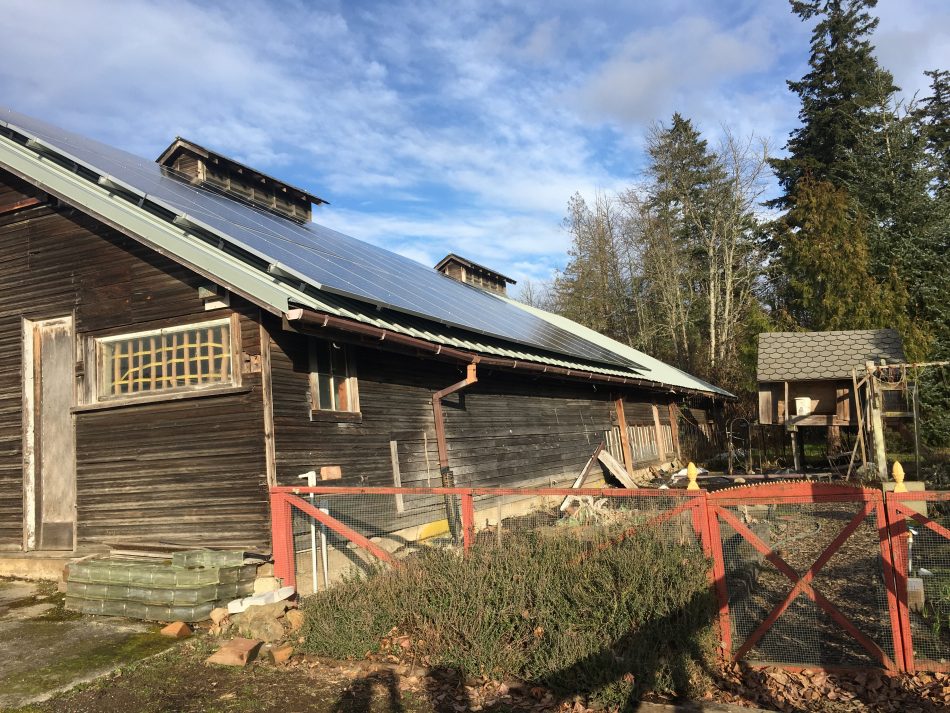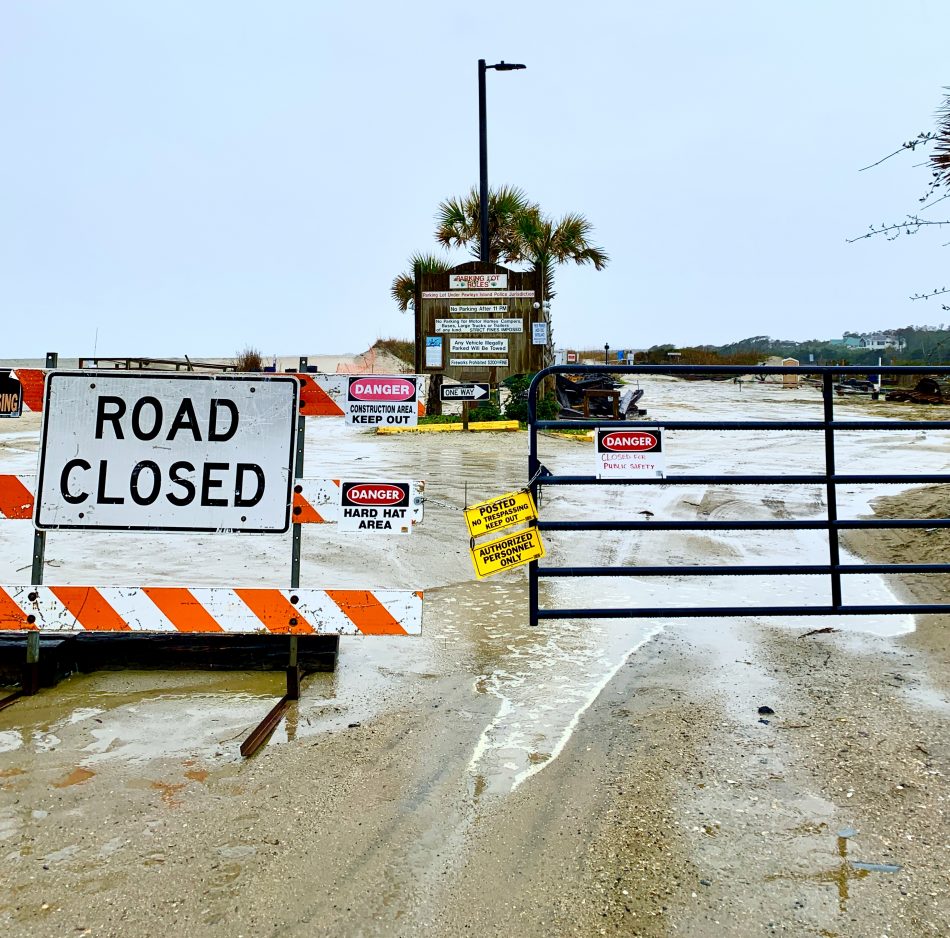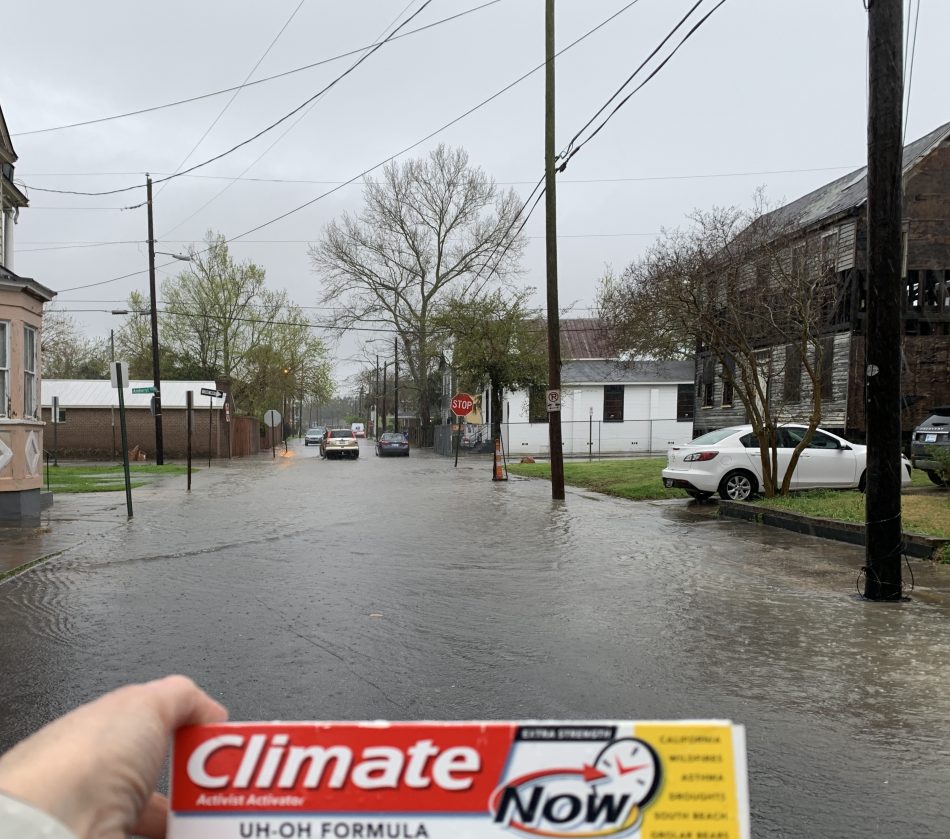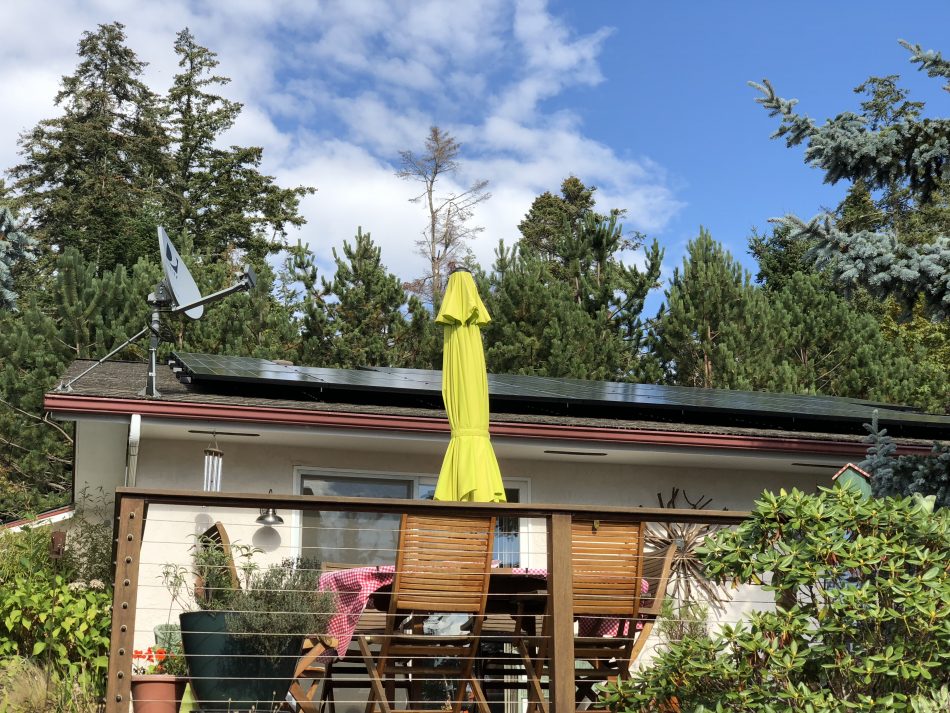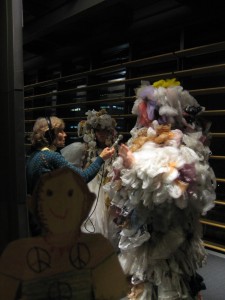
Plastic Bag Monsters being interviewed by Martha Baskin
My name is Paige, I live in Seattle and I want my city to do better. Better by the oceans, our waterways, and our urban landscape.
Seattle Public Utilities should stop perpetuating the madness and the myth that is plastic bag recycling. Recycling of plastic bags hardly exists; If we use 292 Million bags a year and recycle 13%, then that is still over 200 Million bags that cannot make it into the proper waste stream. Instead the cast offs, the fly-aways, the disposable plastic bags are disposed of everywhere. And the millions more are stuffed in our landfills preserved for many generations to come.
When it rains in the 2nd hilliest city in the country, the water collects all that we have thrown or dropped on our pavement and gravity and water take the product to the lowest point in our region – which happens to be filled with water. It is easy to see on days like today exactly how plastic bags flow downhill through the stormdrains and debit into the nearest waterway.
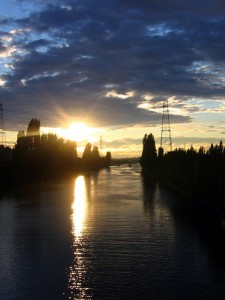
Nickerson Canal
Each year I do I a litter pick on the Nickerson Canal for MLK Jr. Day of Service. We have coffee and doughnuts first and and then we get down to business. And those plastic bags are a dirty business. They are wrapped around bushes, stuck in the blackberry brambles, and caught between rocks. It is evident that plenty of them must make it into the canal – how could they not?
Children on these litter pick ups know the perils of those plastic bags. They’ve seen the You Tube videos, the powerful images worldwide, and the local news reports. From the North Pacific Garbage Patch just full of plastic to the West Seattle beached whale with 20 plastic bags in its stomach – our world waterways are littered with the stuff.
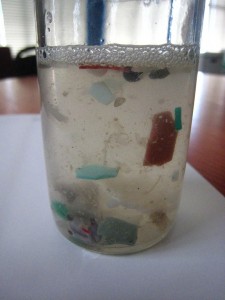
Plastic bits scooped from North Pacific Gyre/Garbage Patch
By making a decision to limit the availability of plastic bags to our environment we make a positive step for a better future.
But there are those that want a free and easy way to pick up their dog’s poop. Are they single issue voters? 
What are the citizens of Ireland, Portland, Bellingham, and Los Angeles doing? I doubt their streets are lined with dog poo.
We pick up after ourselves, whether it’s a litter pick up or walking our dog. And we seek to limit the harm we contribute to our neighbors, to our surroundings, to our world.
I would like Seattle to be a good neighbor to Puget Sound that Bellingham and Edmonds have already become. I don’t know where the ACC (American Chemistry Council) and their millions of dollars fit into this. But if they find their way back to town again we’ll simply process their advertising dollars and meet them with the truth because I don’t think the kids of Seattle, the dogs of Seattle, the grown-ups in Seattle, want to continue the madness of a throwaway society. Because plastic bags are not “free” – they cost us dearly.
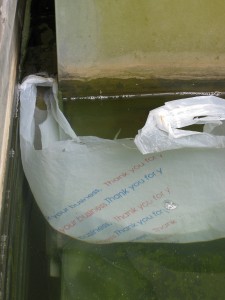 Footnote: The above article is the Nov. 22, 2011 testimony I presented to Seattle City Council and Seattle Public Utilities Committee. Here is the Seattle Channel Video of comments given by businesses, organizations and citizens. My comment is minute 6:20. Thank you to Heather Trim, Dir. of Zero Waste Seattle and Toxics Manager at People for Puget Sound.
Footnote: The above article is the Nov. 22, 2011 testimony I presented to Seattle City Council and Seattle Public Utilities Committee. Here is the Seattle Channel Video of comments given by businesses, organizations and citizens. My comment is minute 6:20. Thank you to Heather Trim, Dir. of Zero Waste Seattle and Toxics Manager at People for Puget Sound.
